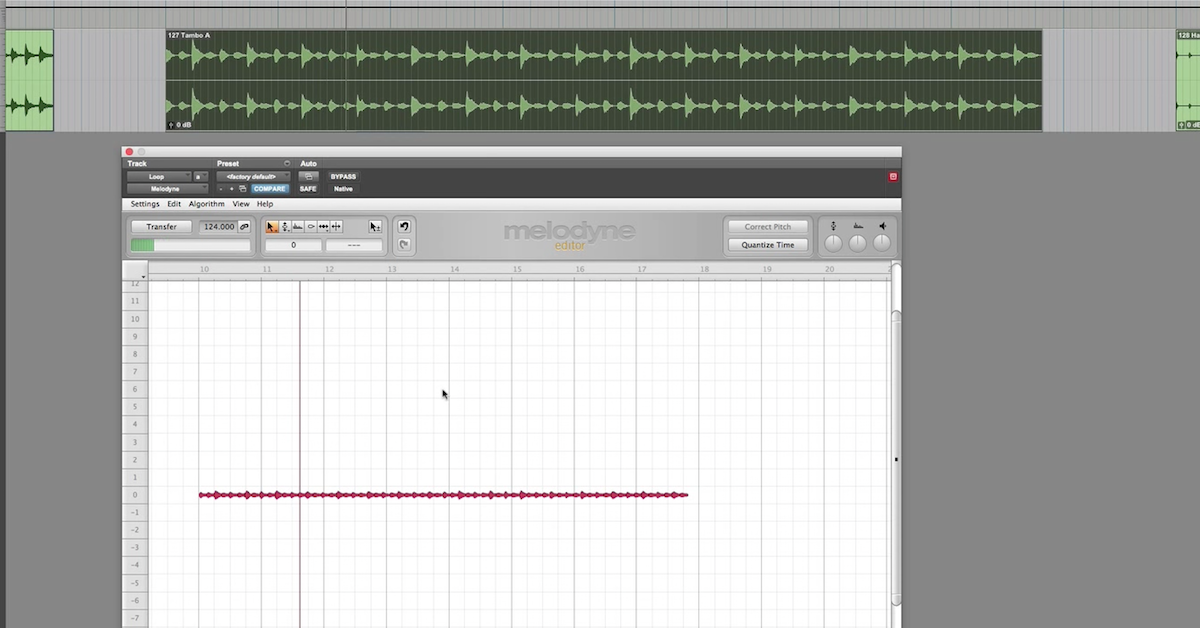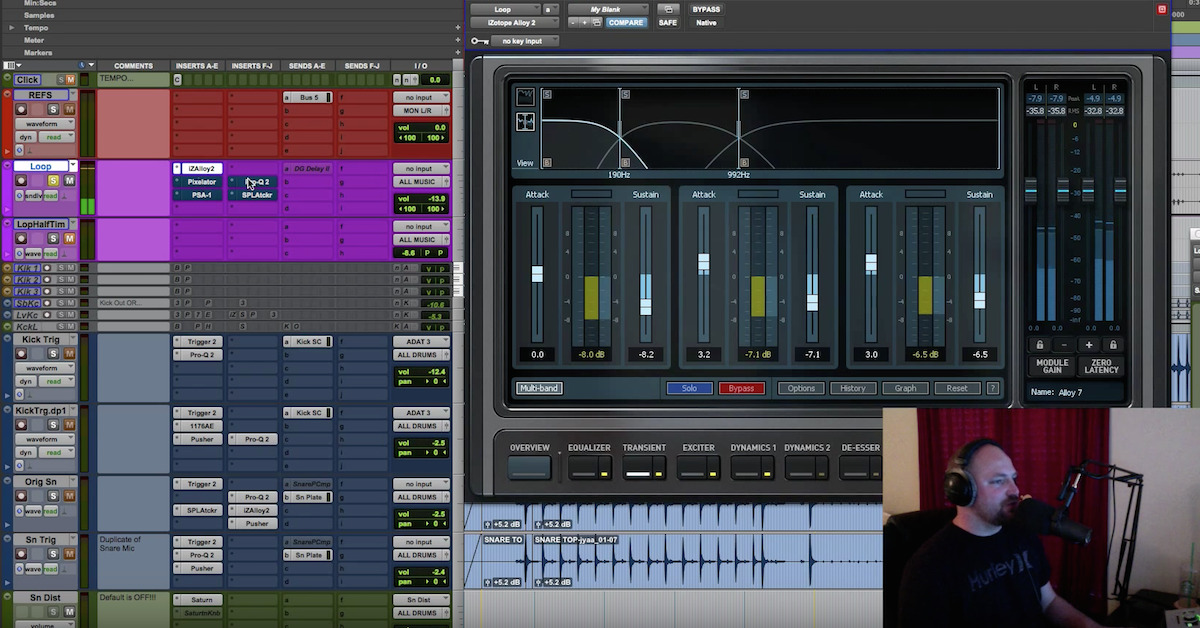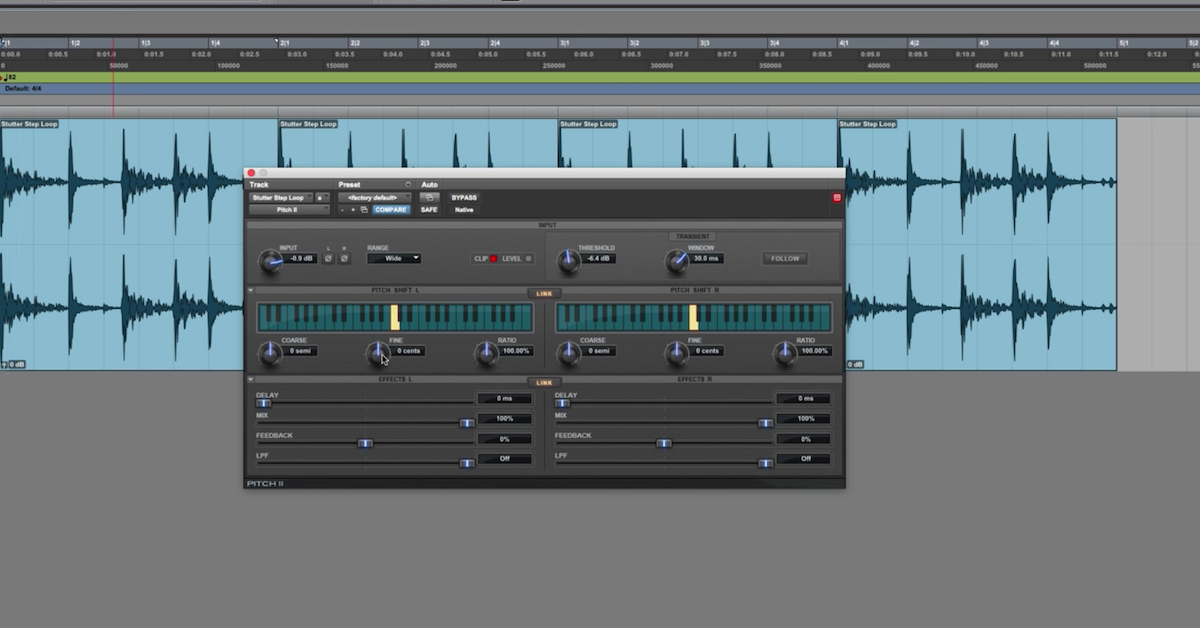8 Bars and a Fill: How to Program Better Drum Loops
Article Content
A big issue with production is drum patterns and ADD.
To a lot of musicians, 4 bars feels like an eternity. This leads to impulsive playing, not from listening to distant sounds in the mind cavern, but from restlessness.
The result is often busy parts or grooves that don’t accompany the song. I’ve seen musicians who can’t sit still for 2 bars. This can be a plus when the music calls for it (The Who), but often it holds the production back.
8 Bar Groove
We’ve all heard the term 8 bar groove. Yet, many musicians don’t fully embrace what that means. When producing or on a session, I’m thinking about an 8 bar phrase as being a home. It takes you 8 bars to get from the front door to the back door.
It’s a repeatable pattern. And by pattern I mean pattern. What happens in bar 2 stays in bar 2. What happens in bar 5, stays in bar 5. It’s a puzzle, where every piece fits together tightly.
This is where focus comes into play. One needs to be patient and paying attention closely to remember and replicate each bar in a section.
Let’s Stay Together
Look at the drum groove on Al Green “Let’s Stay Together”. This is a prime example of restraint and using subtlety to mark section changes. Al Jackson Jr. is a Zen master on this track!!
Whether you realize it or not, the drums hypnotically draw you in. If they were all over the place it would shake you out the peaceful state the song puts you in.
It takes a bit of commitment to get on board wholeheartedly. I like to listen to music and really take note of loops/sections of songs and their length. I’ll count the bars until the cycle repeats (8 bar loop? 12 bar loop?).
A good friend and amazing drummer Sean Dixon calls these loops “giblets.”
Filler
After I observe how many bars are in each giblet, I like to observe where the drum fills happen. Is it in the same spot every giblet? Is it only during transitions into different sections, like a chorus or bridge? How everything connects is really important.
This is where musicians who tend to be in their head and obsessed with technique miss the bigger picture. The skill to play any fill is useless if you can’t make it musical. Listen to some of those James brown grooves!
A drummer who plays too many fills in the wrong settings makes you feel like you’re hitting potholes at cruising speed on the highway. Again, there is nothing wrong with white water rafting drumming, unless you’re looking to lounge and sip a Mojito.
Fills and crashes are transition tools. A great drummer will have a deep sense of this.
Extended Phrasing
Let’s try something simple. Create a drum loop. Instead of setting up a common 4 bar loop, let’s work with a 16 bar loop. They key is to make something special happen in bar 16 to turn it around. A fill is great for this. Sometimes all you may need is a crash.
Your mind will process a 16 bar loop differently than a 4 bar loop. Think about the psychological effects the loop length has on the brain. 16 bars before you hear a pattern repeat gives your mind more space to breathe. 4 bar phrases over and over can make you feel subconsciously claustrophobic.
Ok, let’s add to this experiment. In bar 8 we’re going to add a small fill or crash. But, this fill has to be different from bar 16. These are mile markers in a song.
Imagine yourself driving down the highway again (guess I’m thinking about traveling today). As you keep driving, the numbers on the mile markers keep changing, letting you know the distance you’re traveling. This is how making a specific drum fill in bar 8 different than 16 works. In a subtle way, it’s indicating your progress of passage.
Blame The Drummer
This doesn’t just ring true for drummers. Bassists, pianists and guitarist can also use these concepts. Instead of just looking at one giblet, take note of how many giblets are in a section. How can you “stitch” them together? Where do they need stitches?
I think about this with rhythm guitar a lot. The rhythm guitar is a percussion-like instrument in a song. I think like a drummer. I may only alter my rhythm on bar 16 for the turnaround… or make my variation in bar 8 different than bar 16.
When you’re in compositional or production mode, you need to take the horse blinders off. Don’t just see what’s in front of you, see the whole route of your journey. A song is a sum of all it’s parts. Sometimes, length does matter.






